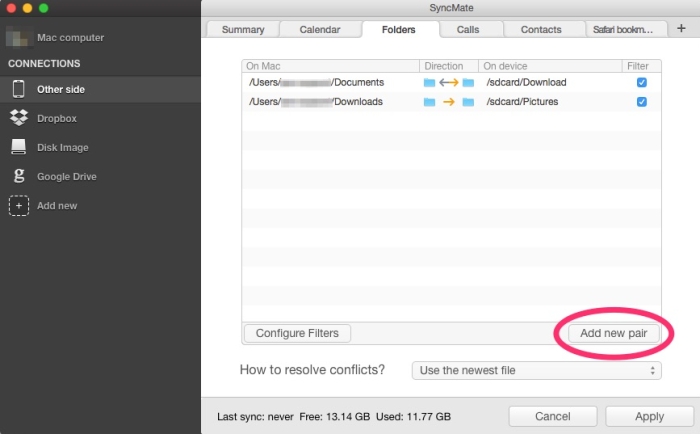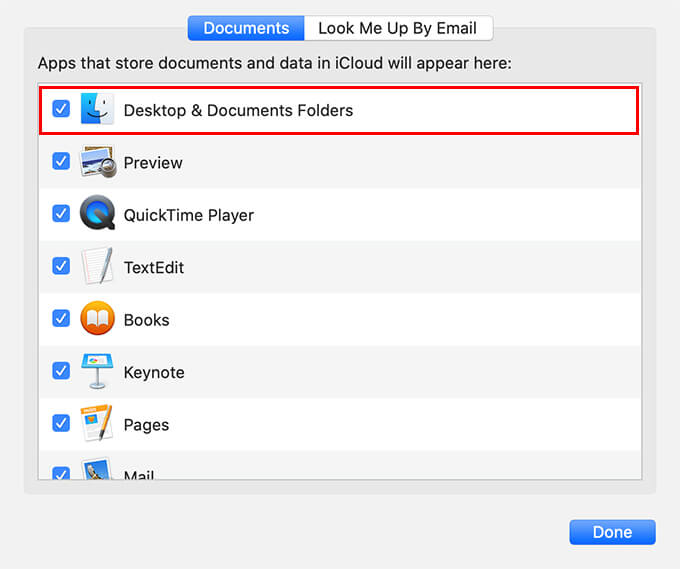

IMPORTANT: Before doing this, be certain to follow Apple’s extensive instructions to back up your iCloud data. If you regularly experience sync problems with your iOS device(s) and you know your network is stable, then you should try logging out of your iCloud account on your iOS device or Mac, then log back in. The activity icon will appear, and your Contacts will be synced.

Once you are in Groups, just tap and hold your finger and drag the page down as you did for Calendars. Launch the app and select “Groups” on the All Contacts page. The activity icon will spin briefly, and you should find iCloud has synced your calendars for you. When you get to the next page just tap and hold your finger on the screen and drag the list down until the activity icon appears and release the page. To refresh your iCloud Calendars, launch the app on your iOS device and tap the “Calendars” button at the bottom of the page. Once you know your system(s) are set up correctly, you can use this simple trick to force iCloud Contacts and Calendars to sync: Mac: System Preferences>iCloud>ensure all the iCloud services you want to sync are checked. IOS: Settings>Apple ID>iCloud>iCloud Drive.

You must ensure these are configured to set time and date automatically and have iCloud Drive/Documents & Data enabled. Next, check all the devices that should be syncing. (You can do quite a lot of useful things through iCloud’s online service). Are all the devices you want to sync included on the list? If not, it is possible they are not using the same Apple ID. In the next window, you should see your storage space status and a row called My Devices. Go to, login with your Apple ID and then tap iCloud Settings (either the gear-shaped box icon or by selecting it in the drop-down menu underneath your name at the top right of the iCloud browser window). Step two is to ensure you are logged into iCloud using the same Apple ID on all your devices. Then you have the option to move any files that were in your iCloud Desktop and Documents, back to your new local Desktop and Documents.One of the first things to do is check Apple's system status page for any outages. If you choose to keep a local copy, your files in iCloud Drive are copied to a folder called iCloud Drive (Archive) in your home folder. Whether you decide to keep a local copy or not, a new Desktop and Documents folder is created in your home folder. If you turn off iCloud Drive or sign out of iCloud, you have the option to keep a local copy of your files that are in iCloud Drive. From your Mac, go to Apple menu > System Preferences > iCloud.
#Sync icloud folder on mac mac
You can move files from iCloud Drive to your Mac as you need them, or select all of your files and drag them to the place you want to keep them. When you turn off Desktop & Documents Folders, your files stay in iCloud Drive and a new Desktop and Documents folder is created on your Mac in the home folder.
#Sync icloud folder on mac how to
Here's what happens when you turn OFF Desktop and Documents or Sign Out of iCloud, and how to get your files moved back: Turn off Desktop and Documents Here's Apple's info on how to enable it and setup your items in your iCloud Drive: Add your Desktop and Documents files to iCloud Drive What has really happened is the user added their desktop and documents to iCloud and then they either Signed Out of iCloud, or manually turned off Desktop and Documents within their iCloud Preferences, resulting in a new/clean desktop to be loaded when they logged into their Mac.User Enabled iCloud, then signed out or turned off Desktop and Documents syncing, and can no longer find their Desktop Items and Documents.Mac Desktop Items and Documents Disappear After Signing Out of iCloud or Turning Off Desktop and Documents Syncing Within iCloud Preferences


 0 kommentar(er)
0 kommentar(er)
